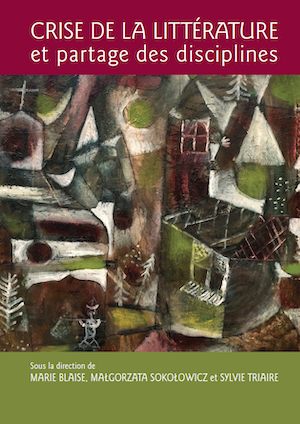La littérature entre science et ésotérisme: Petrusmok. Mythe (1951) de Malcolm de Chazal
Literature between Science and Esoterism: Petrusmok. Mythe (1951) of Malcolm de Chazal
Author(s): Izabella Zatorska
Subject(s): Theoretical Linguistics, Applied Linguistics, French Literature, Philology
Published by: Wydawnictwa Uniwersytetu Warszawskiego
Keywords: colonial Atlantis; Lemuria (Limuria); Petrusmok. Mythe; Malcolm de Chazal; myths about the origins of nations; continental drift; Jules Hermann
Summary/Abstract: Révélations du Grand Océan [Revelations of the Great Ocean] by Jules Hermann (1846-1924), published posthumously in 1927 and nourishing imagination of some Mauritian writers, were inspired by the scientific theory of continental drift proposed by Alfred Wegener. Hermann imagined an Atlantis of the South, Lemuria, situated between India and Africa and submerged in the wake of a continental cataclysm. He found remnants of this drowned continent, or more precisely he found its linguistic remains, in Malagasy language, which he saw as an avatar of the Lemurian language, and its physical remains in the island of Madagascar, together with the Mascarene islands. After Robert Edward Hart (1891-1954) and his "Cycle de Pierre Flandres" (1928-1936), it was Malcolm de Chazal, a primitivist painter and (surrealist?) poet, or “total artist” (Robert Furlong), who took his inspiration from the “Lemurian myth”. Chazal’s monographer Christophe Chabbert has shown how, for Chazal, and especially in "Petrusmok. Mythe" (1951), the myth becomes inspiration to construct a cosmogony of the islands of the Indian Ocean and to show – artistically and spiritually – their autonomy.
Book: Crise de la littérature et partage des disciplines
- Page Range: 74-88
- Page Count: 15
- Publication Year: 2020
- Language: French
- Content File-PDF

